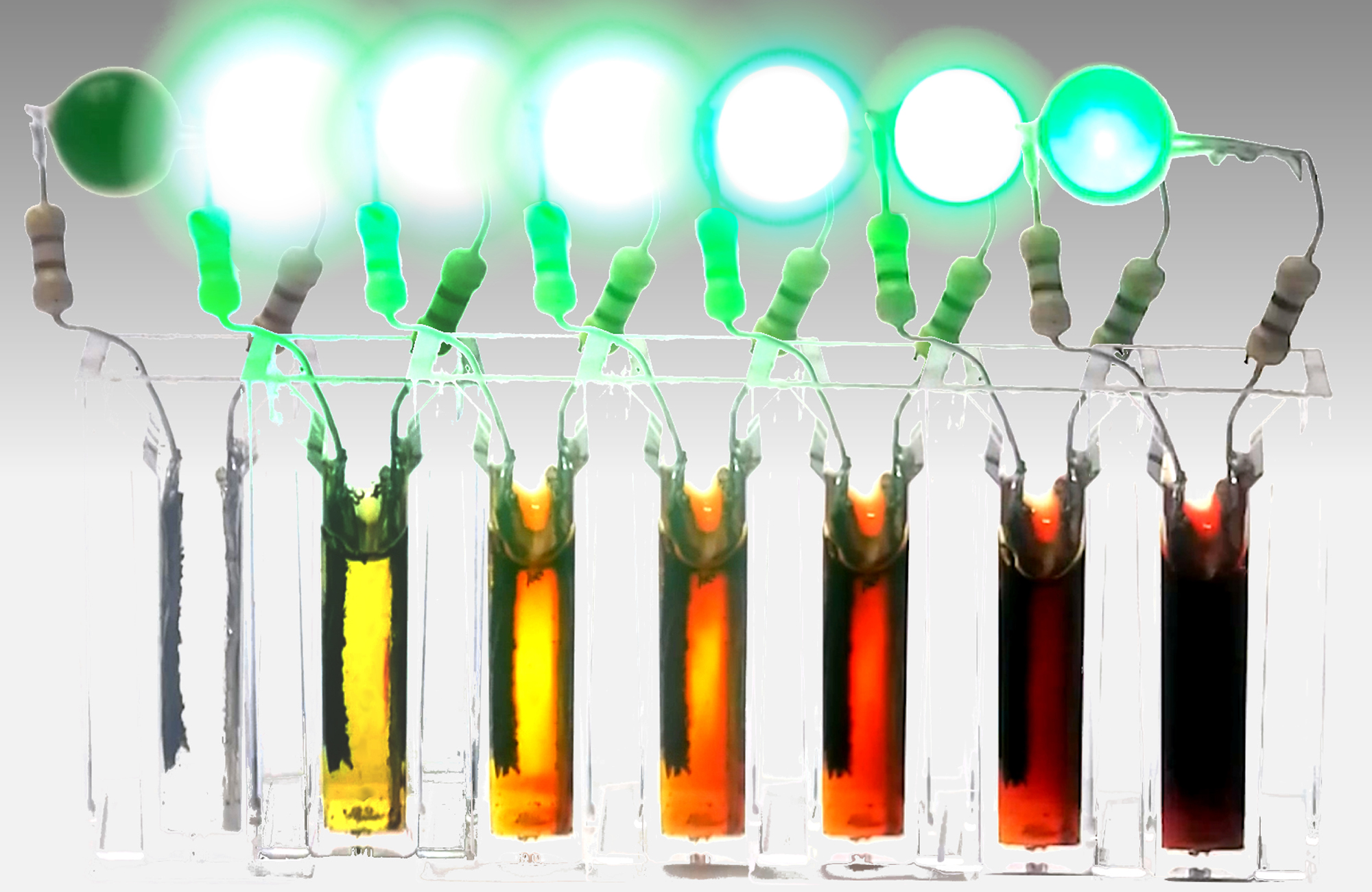

Rechargeable lithium-ion cells are all the rage in the battery world, since they power everything from our phones to EVs. But with their growth in popularity since they were commercially released in the 1990s, another type of battery has taken a backseat in research: non-rechargeable batteries. That’s a problem, especially considering how many devices, like pacemakers, rely on their functionality. Researchers at MIT are hoping to do something about this gap by refocusing on older battery systems and trying to improve their energy capacity by employing a new type of electrolyte.
“We know we needed higher energy density batteries to enable a longer life for devices like pacemakers,” says Haining Gao, an MIT postdoctoral fellow. “But there have been very few innovations in the past four decades. So we started there.”
Typically these non-rechargeable options, also called primary batteries, already have a higher energy capacity than rechargeable ones do, meaning they make good candidates for products like medical implants, which can’t be easily recharged (yet). But of course, like all primary batteries, even those in medical implants run out of juice eventually.
Here’s how they usually work.
Most primary batteries contain electrolytes, which you might be familiar with from sports drinks like Gatorade, as opposed to batteries. But they’re the same thing. Electrolytes are just substances that split into ions when dissolved in a solution, which in the case of our bodies, conduct electrical charges that make our muscles move, among other things.
[Related: An AI called Dragonfly is helping design faster-charging batteries]
In batteries, electrolytes are used to conduct the movement of charged ions (like lithium ions in a li-ion battery, or potassium hydroxide in a non-rechargeable battery) between the positive and negative ends, called the cathode and anode, respectively. Electrons gather at the anode, where they repel each other and want to move to an area with fewer electrons, leading them to travel along a circuit to the positive cathode. When an object like a lightbulb is placed along that circuit, the electrons are forced to move through it before moving on to the anode. But none of this can work without the medium of the electrolyte. And primary batteries don’t work forever.

In the case of pacemaker batteries, they only last about five to 10 years, says Gao. But to try to extend that, what Gao and her team did was choose a different liquid material for the electrolyte; it’s actually a combination of an electrolyte and a cathode, which they call a catholyte. “Most traditional batteries use a solid cathode material,” Gao says. But in this case, that material and the electrolyte, a lot of which is dead weight, Gao says, have been swapped out in favor of the combined cathode and electrolyte solution to increase efficiency in the battery.
“Now we have more of the mass of the battery actually being used for energy conversion,” says Betar Gallant, associate professor of mechanical engineering at MIT.
The researchers’ initial analyses estimated that the battery’s energy density could increase by 50 percent, but so far, their research has only resulted in a 20 percent increase. Still, Gao says this is mostly due to limitations of their lab setup, and 50 percent is still the goal. “We think it’s still achievable,” says Gao.
Extending the life of high-energy primary batteries could be beneficial in many contexts where rechargeable batteries aren’t an option, and not just in pacemakers. “We’re also considering applying this to unmanned vehicles, defense applications, tracking for cargo, and space exploration,” says Gao.
Although rechargeable batteries are favored for their sustainability for now, Gao says expanding the life of primary batteries may also make them sustainable contenders. In other words, fewer batteries will have to be used in pacemakers as their lifespans increase, decreasing overall battery waste in addition to reducing the number of battery replacement surgeries needed.
The researchers are hoping to have a more advanced prototype within one to two years, and they don’t anticipate that the cost for these batteries should be much higher than their current prices. But in the meantime, they hope their work emphasizes the need for more renewed interest in the relatively stagnant world of primary battery research.
